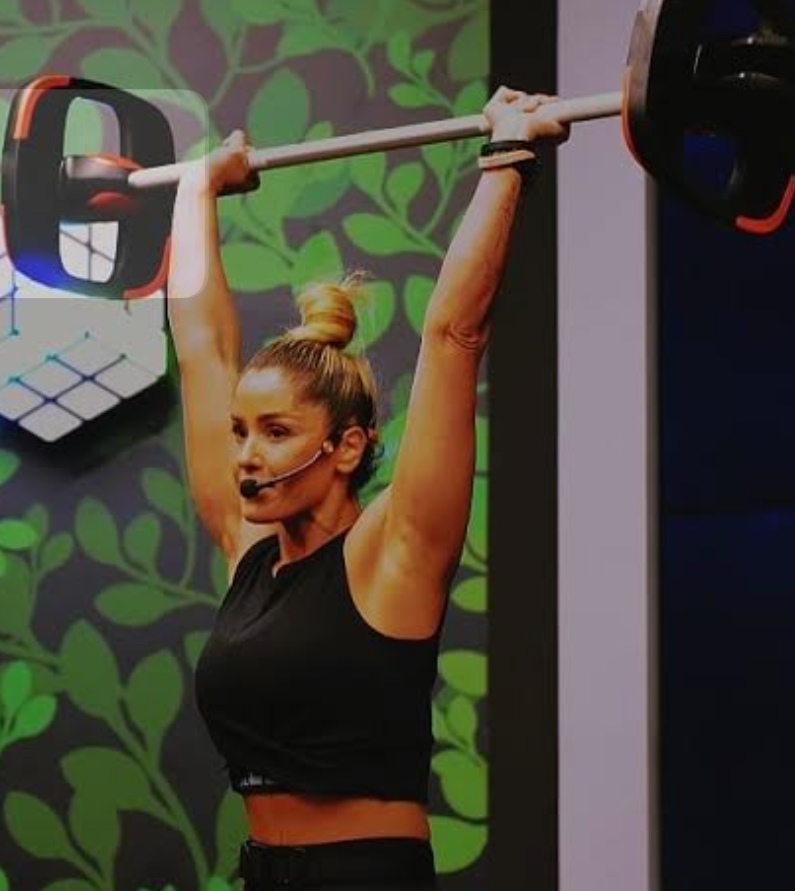
Say Less, Coach More: Science-Based Cueing for Better Movement and Results
I🧠 Internal vs. External Cues: What the Research Says Internal cues focus attention on the body: "Squeeze your glutes" "Keep your knees behind your toes" External cues direct attention to the environment or outcome: "Push the floor away" "Drive the bar toward the ceiling" “An external focus of attention enhances movement effectiveness and efficiency.”— Wulf & Lewthwaite (2016), Psychonomic Bulletin & Review In a 2009 study by Marchant et al., lifters using external cues produced more force than those using internal cues.🔗 Read the study 😖 The Danger of Over-Cueing Ever hear of "paralysis by analysis"? Too many internal or technical instructions disrupt natural movement flow and reduce performance. "Too much conscious control disrupts automatic motor processes." — Wulf, G. (2013), Frontiers in Psychology 🛠️ Cueing Tips for Coaches 🎯 Start with the outcome Instead of: "Engage your core" Try: "Imagine bracing for a punch" 🖼️ Use imagery & metaphors "Zipper up your spine" (for posture) "Push the floor away" (instead of "extend your hips") 🚦 Keep it simple One cue per rep. Let the movement teach. 👂 Ask for feedback Did the client feel what you intended? 📊 Cueing Examples Table Exercise Internal Cue External Cue Squat "Keep knees out" "Spread the floor with your feet" Deadlift "Tighten your lats" "Crack a walnut under your arms" Push-up "Engage your core" "Move your chest away from floor" Sprint "Lift your knees" "Drive the ground away" ✅ Bottom Line Cueing is not just about giving instructions — it's about shaping performance. The research is clear: external cues lead to better learning, strength gains, and motor control. Choose your words with precision, and you’ll coach with impact. References: Wulf, G., & Lewthwaite, R. (2016). OPTIMAL theory Marchant, D. C., et al. (2009). Attentional focus and force production Wulf, G. (2013). Attentional focus and motor learning